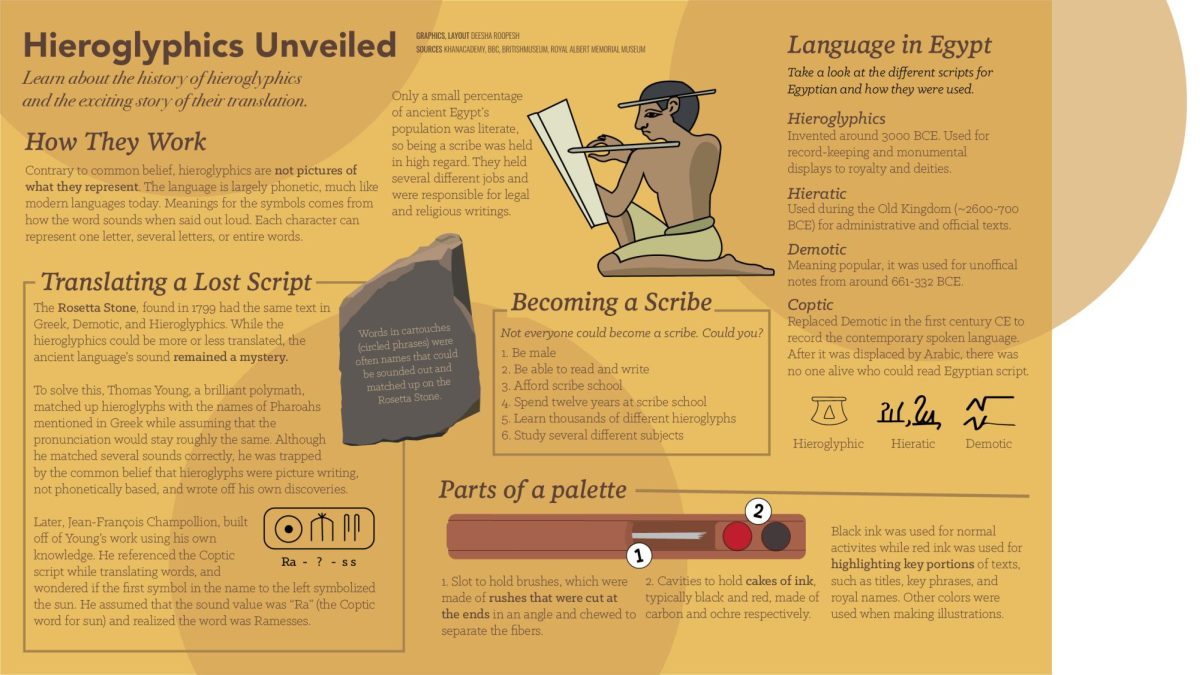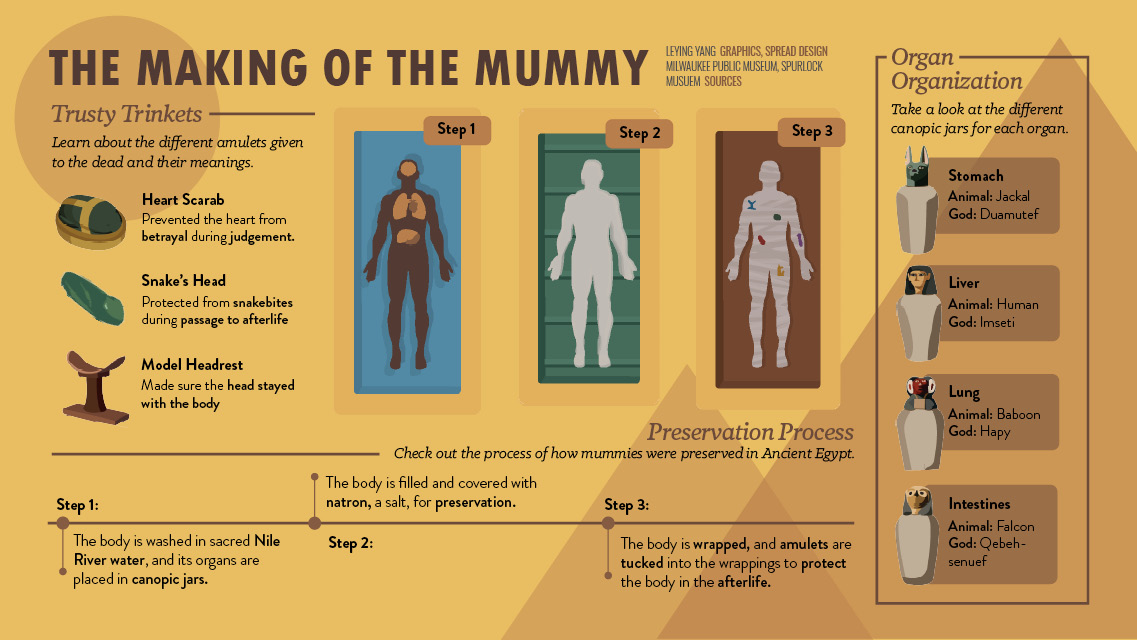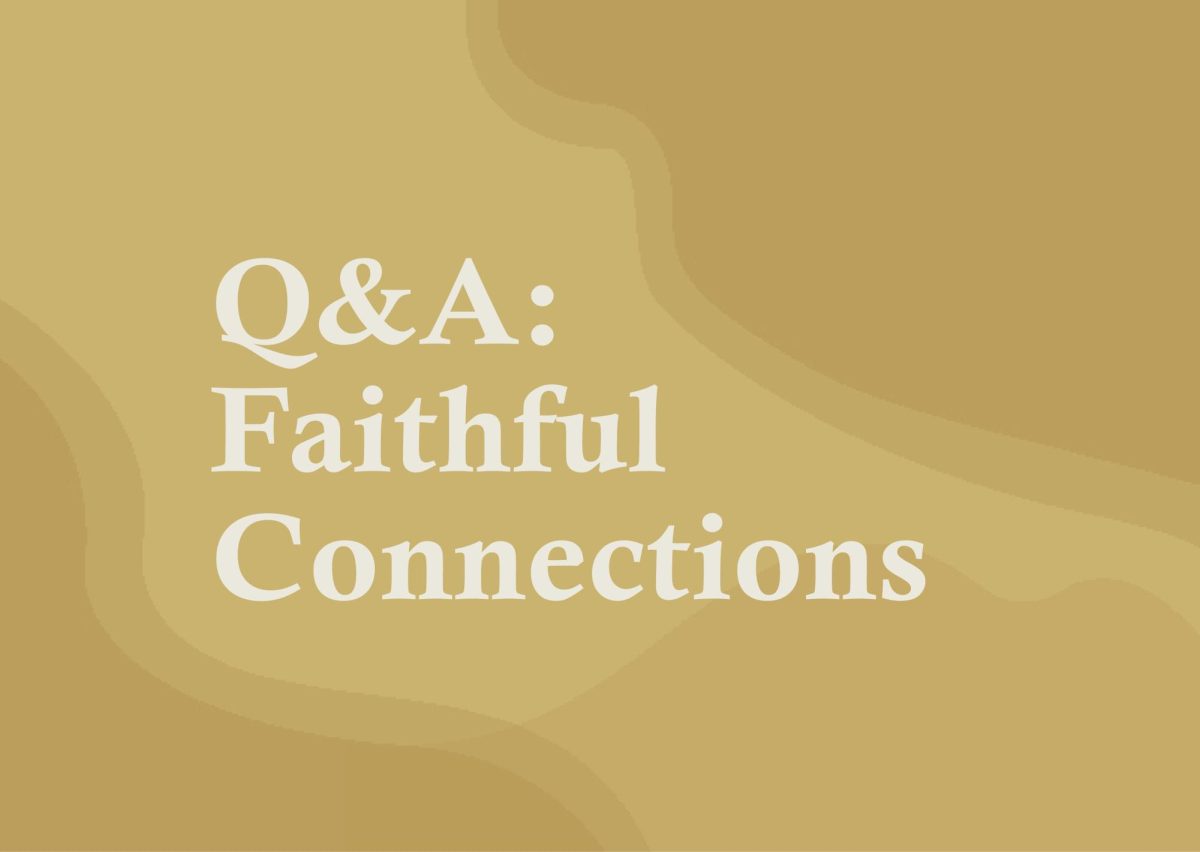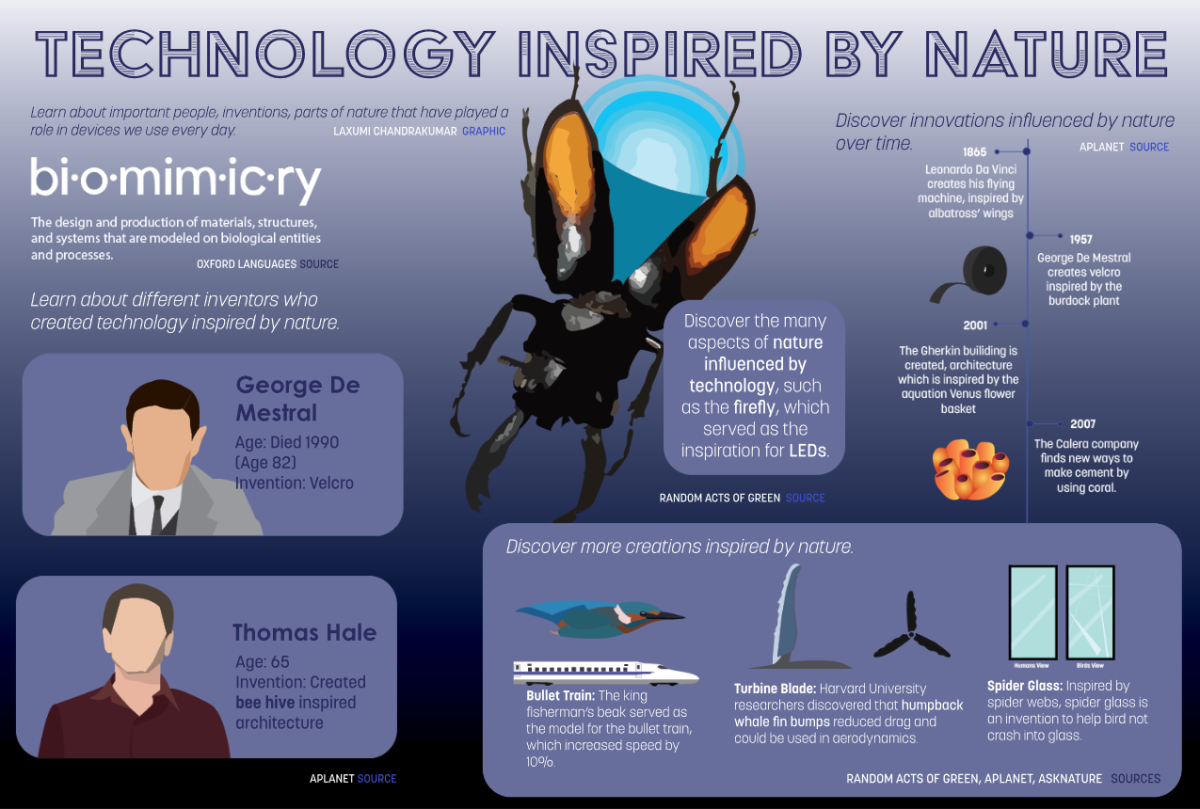One of the major trends that seems to be everywhere at school and on social media over the past few months is Stanley Cups. It seems like almost everyone has one, those water bottles that are also a trendy accessory. Starbucks just participated in a partnership with Stanley Cups, and from what I saw on social media, people lost their minds over getting that Starbucks-branded Stanley. Some of the other draws to the Stanley Cup are the variety of colors they come in and the fun of decorating with stickers. However, both of those draws remind me strongly of another popular water bottle- the Hydro Flask. Just a few years ago in 2019, the Hydro Flask was at its peak; people couldn’t have too many of the bottles. But like all trends, the hype over Hydro Flasks eventually died out. While it might seem crazy to think something that achieved such insane levels of popularity could just fade out, that’s the life cycle of trends.
Social media and school are probably the two best places for me to look when it comes to recognizing trends. For example, I’ll reference a fad I remember from second or third grade, Rainbow Loom bracelets. To jog your memory, Rainbow Loom bracelets are bracelets made out of small rubberbands, usually with a pattern that can be simple or intricate. From what I recall, Rainbow Loom Bracelets had an initially slow rise in popularity. Someone in class walked in with a bracelet, garnering many questions and compliments. Some people would pay to have someone make a bracelet for them. Others would buy their own kits to make their own bracelets. Soon enough, it seemed like everyone had a Rainbow Loom bracelet. In fact, Extended School Enrichment (ESE) at my school recognized the Rainbow Loom craze and had an activity where you could make your own penguin using the Rainbow Loom. I wasn’t the best at making bracelets myself, but I successfully made a penguin keychain with orange eyes that I still have today. Some of the more talented students decorated their forearms with a collection of bracelets. But steadily, over time, the bracelets started disappearing. They were still nice, but nobody was clamoring for them like they had in the past. So someone probably has a substantial collection of Rainbow Loom bracelets gathering dust in some forgotten drawer.
The old collection of Rainbow Loom bracelets happens with other trendy items as well. Drawers and cupboards filled with fidget spinners and Hydro Flasks are what I imagine people who fed heavily into trends now find themselves dealing with. I’ve seen countless Tik Toks of people showing their collection of Stanley Cups. I wonder what happens to these items after they stop being trendy. I’m sure some of them find their way to Goodwill or a donation bin. But a decent amount of these Stanley Cups are gonna get shoved into a closet and forgotten.
Hyper consumerism goes hand in hand with the abundance of dead trends. The lifespan of a trend is relatively short, quickly replaced by another trend. Buying multiples of a particular trendy item results in drawers filled with formerly trendy items that are now junk. So as trends continue to die and pop up, a responsible consumer might exercise caution when participating in new trends. How many water bottles or shoes does a person really need? Even when a trend dies, continuing to use the item or donating it would be better than hanging on to a bunch of junk. To prevent having to decide on what to do with old trendy items, practice moderation when participating in the next big trend.










